Read Time: 24 minutes
If you’re looking for clear answers and practical advice for call center outsourcing, you’ve found the right place. In this article, we’ll walk you through what call center outsourcing is, how it works, the variety of services available and the key benefits and challenges. By the end, you’ll have all the knowledge you need to make informed decisions and elevate your customer service strategy.
CHAPTER 1
Call center outsourcing, or contact center outsourcing, is a business strategy for deploying an expert third-party team to handle your customer service and/or customer experience (CX). Call center outsourcing services can transform a company’s business growth, with call centers providing a strategic range of CX services and solutions to boost customer satisfaction, sales and success.
The catch is that it’s often tough to know which of those solutions will have the biggest impact on your business goals. When choosing a call center outsourcing company, you have to think through questions like:
We know that outsourcing can feel daunting. So, we’ve put together this in-depth guide to cover everything you need to know about call center outsourcing using infographics, data, research and industry expertise.
Scroll down to learn more, or… Skip ahead and connect with a contact center outsourcing consultant right away.

CHAPTER 2

Outsourcing involves partnering with a specialized third-party service provider to handle specific business functions, such as customer service, technical support or sales. When you outsource to a call center, they take over these tasks, leveraging their expertise, technology and resources to deliver high-quality service.
This process starts with identifying your business needs, selecting a suitable outsourcing partner and defining the scope of work. The call center then integrates with your existing systems, trains their agents on your brand and products and begins handling customer interactions on your behalf.
This seamless integration lets you focus on your core business activities while ensuring your customers receive exceptional service.
CHAPTER 3
Our goal is to guide you through all the different services, options and benefits of outsourcing customer service and provide a step-by-step guide to finding the right call center for your brand.
After reading this, we hope you’ll be well-equipped to start or continue your call center outsourcing journey. You’ll be able to engage with contact center outsourcing partners, knowing their language and how they can help you achieve your customer experience goals.
Today’s call centers should never drain a company’s budget. Rather, they should be a valuable support channel that drives sales and helps boost revenue. We encourage you from the start: Don’t think outsourcing is always a cost. Outsourcing can often be profitable and help lift the bottom line for businesses aiming to cut costs and improve customer service.
With that in mind, let’s learn about some services call centers offer.


A call center should have state-of-the-art data and analytics to help managers optimize CX and customer satisfaction so you can get more out of your customer service for less. That means saving money and increasing KPIs. Is your data helping you make impactful decisions and adjustments?

You want your staff to be able to focus on high-impact strategies rather than Tier 1 support issues. Through a call center outsourcing solution, you can free up your personnel with outsourced help desk support that fulfills Tier-1 issues all in a centralized program.

Customer satisfaction (CSAT) is one of the most critical metrics for driving business growth and customer loyalty. An outsourced call center will apply advanced customer satisfaction analytics to understand your customers, make informed decisions and boost business results. This process helps increase CSAT scores and create higher customer lifetime value (CLV).

A well-designed loyalty program can directly impact sales and revenue. Loyalty program support will help increase customer lifetime value, increase retention and keep a steady and consistent flow of sales. A business process outsourcing (BPO) call center is usually the missing link to help make the most of custom loyalty programs.
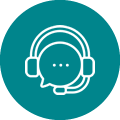
When your customers need help, do they have a positive experience or wait a long time to get lackluster support? When customers need to talk to someone about a product or service, that exchange should be seen as an opportunity to win that customer’s brand loyalty all over again. The benefits of providing a positive CX can last for decades.
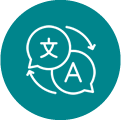
Does your company serve customers in other countries who speak many different languages? If so, multilingual support is a must in creating a positive customer experience. Speak to your customers in their language so they feel seen, heard and valued.

Field support is a unique need that requires expertise in situations that aren’t as common in call center programs like a help desk. A call center focuses on improving CSAT and building new workflow efficiencies.

Customer calls with support needs are the perfect opportunity to cross- or upsell. Sales-trained outsourced call center partners can also make outbound calls to your current customers with offers they want or need. An effective sales call center outsourcing program can help turn the cost of the call center into a profitable addition to support revenue.
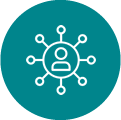
Omnichannel support has grown in the last few years due to the increased number of channels customers want to communicate on. Whether on chat, phone, SMS, email or in-store, an omnichannel solution will merge all the channels into one central back-and-forth solution so agents can interact with customers however they prefer.
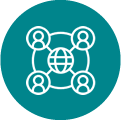
Onshore, nearshore or offshore solutions all have pros and cons. Look for contact center outsourcing that offers a smartshoring solution. Smartshoring is where call centers can design the best location options based on a company’s needs and goals.

Call center outsourcing services and in-store support create an optimum customer experience. Stores might be located across the country or even the globe. Having a central support team to help in-store staff when needed is the best track to happy in-store customers.
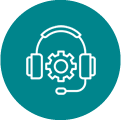
When things get technical, a trained team of call center agents can help customers work through it. Following instructions on certain products or software might not be sufficient. When customers want to talk to someone, a call center provides human, empathetic support with technical expertise.
Call center outsourcing offers various services to meet your business needs and enhance customer experience. An outsourced call center can manage everything from inbound and outbound call handling to technical support, customer service, sales and beyond.
You can also leverage specialized services like help desk support, multilingual customer support, loyalty programs, field support and omnichannel solutions. Each service is designed to streamline your operations, improve customer satisfaction and drive business growth.
CHAPTER 4
There are many benefits to all the services a call center can offer. Here are a few of the most impactful benefits of outsourcing.

Outsourcing can reduce operational costs associated with hiring, training and maintaining an in-house team. This allows you to allocate resources more efficiently and invest in other critical business areas.

Outsourced call centers can provide round-the-clock support, ensuring customers receive assistance whenever needed, regardless of time zones. This continuous availability enhances customer satisfaction and loyalty.

Contact center outsourcing partners bring specialized knowledge and experience. Their agents are trained to handle various customer service scenarios, providing high-quality support that can improve your overall customer experience.

As your business grows, your customer service needs will evolve. Outsourced call centers offer flexible solutions that can scale with your company, so you always have the right level of support.

Outsourcing partners invest in the latest technology and tools to deliver efficient and effective customer service. This includes CRM systems, data analytics and omnichannel support, which can enhance your service delivery and provide valuable insights.

By outsourcing non-core functions like customer service, you can focus on your core business activities. This lets your internal team concentrate on strategic initiatives that drive growth and innovation.

Outsourced call centers track and analyze key performance indicators (KPIs) such as customer satisfaction (CSAT), first contact resolution (FCR) and average handle time (AHT). This data-driven approach facilitates continuous improvement and better service outcomes.

If your business operates globally, outsourced call centers can provide multilingual support to customers in their preferred language. This enhances communication and fosters a positive customer experience.
Outsourcing your call center operations can transform your customer service and provide a competitive edge. By taking advantage of these benefits, you can enhance customer satisfaction, drive business growth and achieve long-term success.
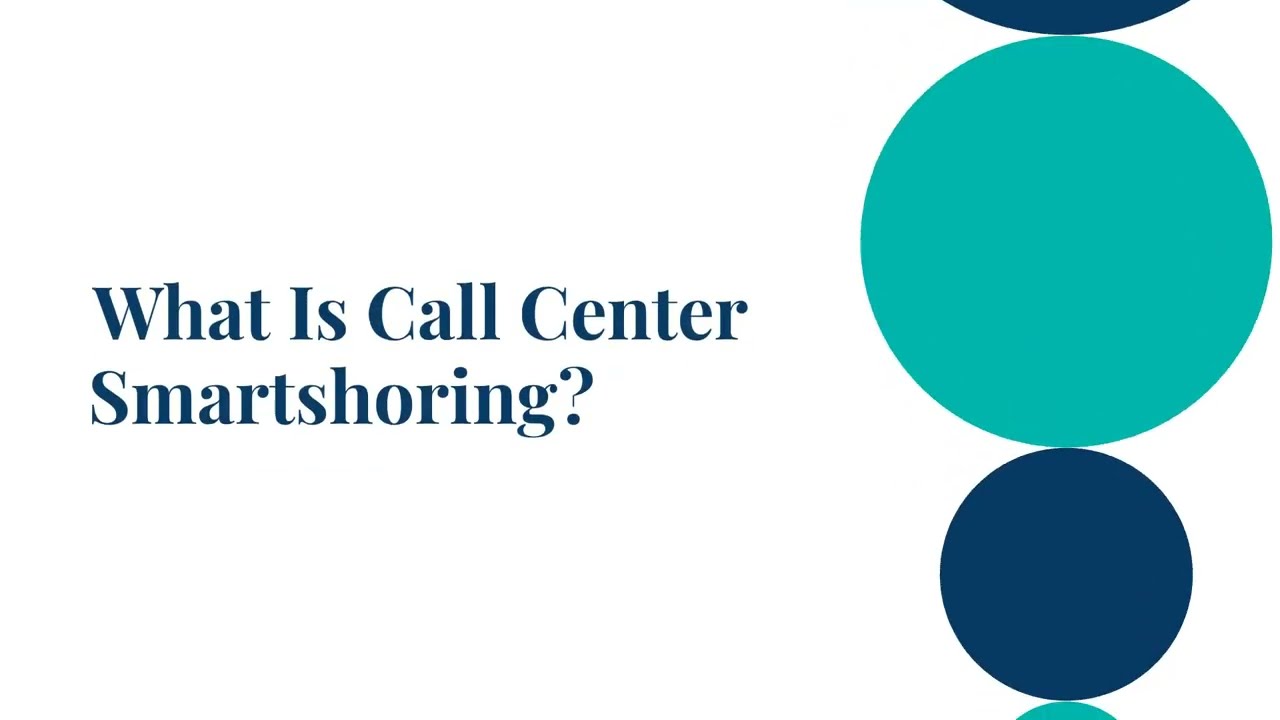
Smartshoring leverages technology to take customer engagement global so you can get the best customer service representatives from around the world — or right at home. It means you get service wherever you want, whether domestic, international or virtual. Smartshoring allows you to control costs and quality with a hybrid of onshore, offshore and nearshore. Here’s how each of those works.
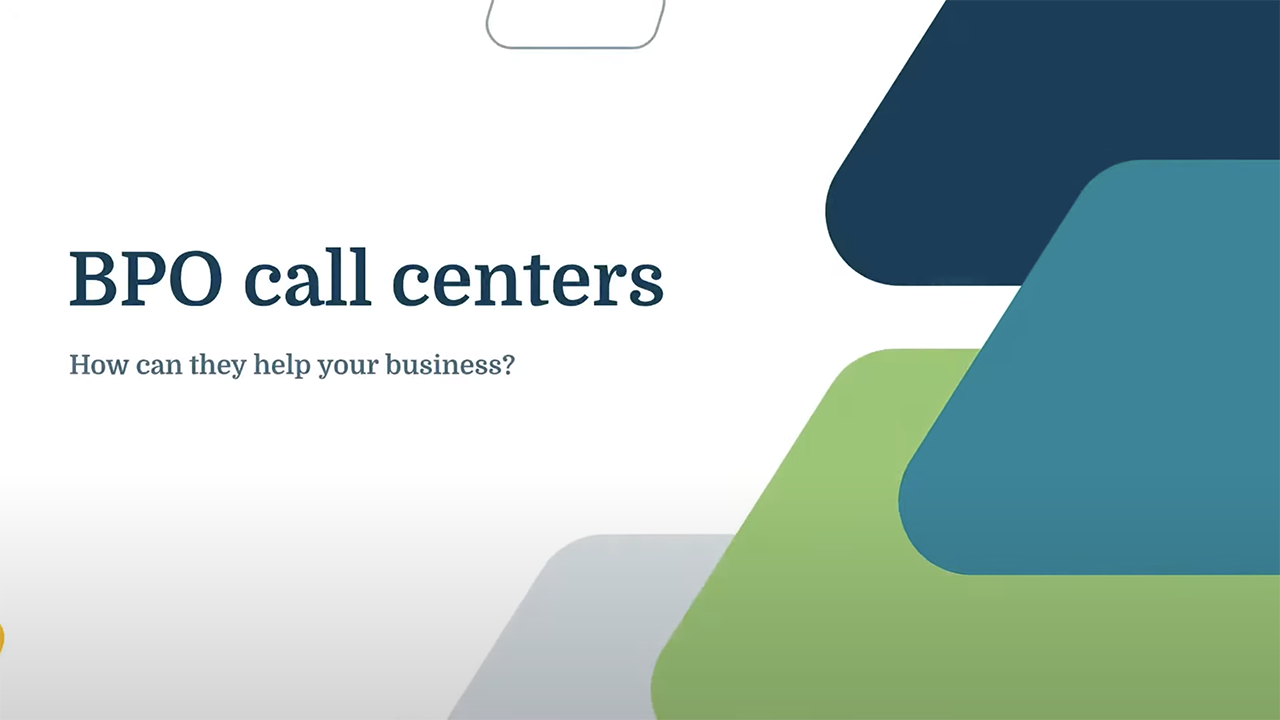
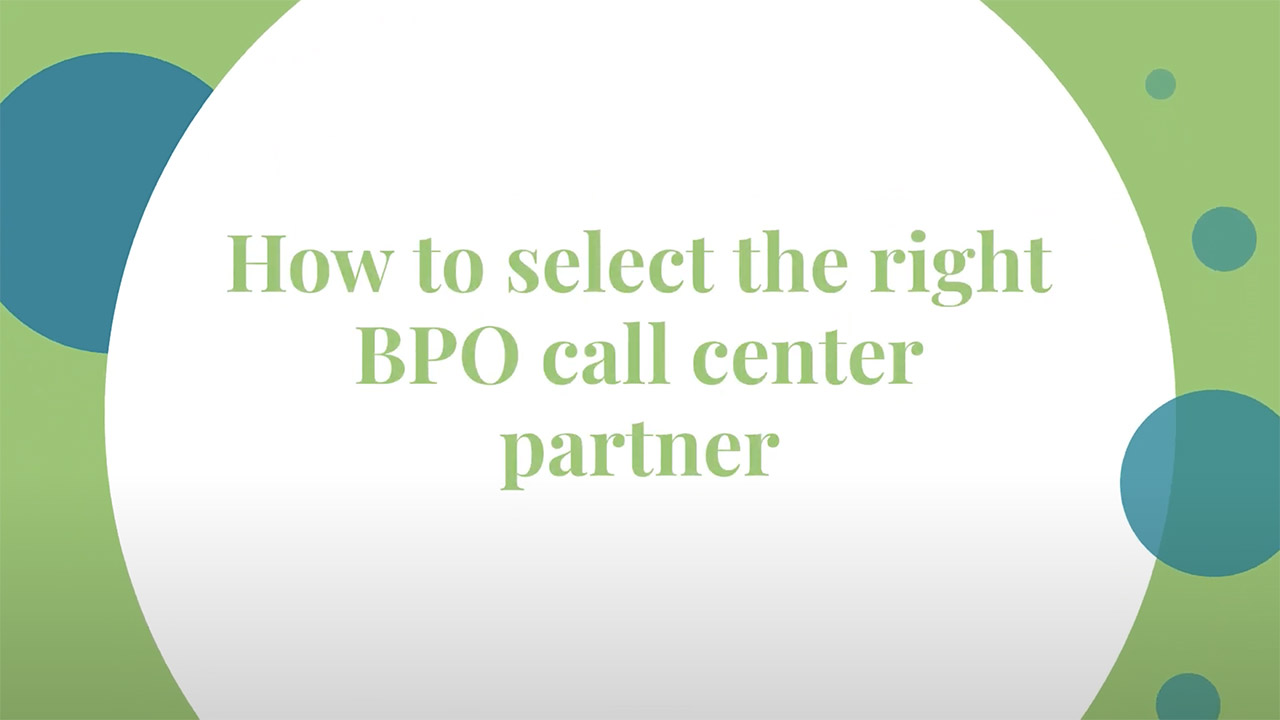






Statistics show that existing customers are more likely to buy more of your products, refer new customers and adopt subscriptions — all at a lower cost than new customer acquisition.
Consider these stats:
Almost 65% of a company’s business comes from repeat customers.
82% of companies agree that retention is cheaper than acquisition.
Companies that provide a great experience have a 16% price premium on products and services.
By partnering with a call center outsourcing company with proven expertise, businesses benefit from their expertise, experience, technology, leading processes, personnel and resources – without having to build and bankroll their own customer experience department.
Contact center outsourcing partners work with you as consultants to create the best call center program. Creating this in-house is often more expensive and takes much more time and resources, which could otherwise be used to focus on your business.

Omnichannel contact center outsourcing meets your customers wherever they are — from in-person to social media, websites, email, search, phone calls, chat and more. We use technology and robust customer data to ensure they feel known and cared for across each touchpoint. Omnichannel is all about seamless, convenient customer success.





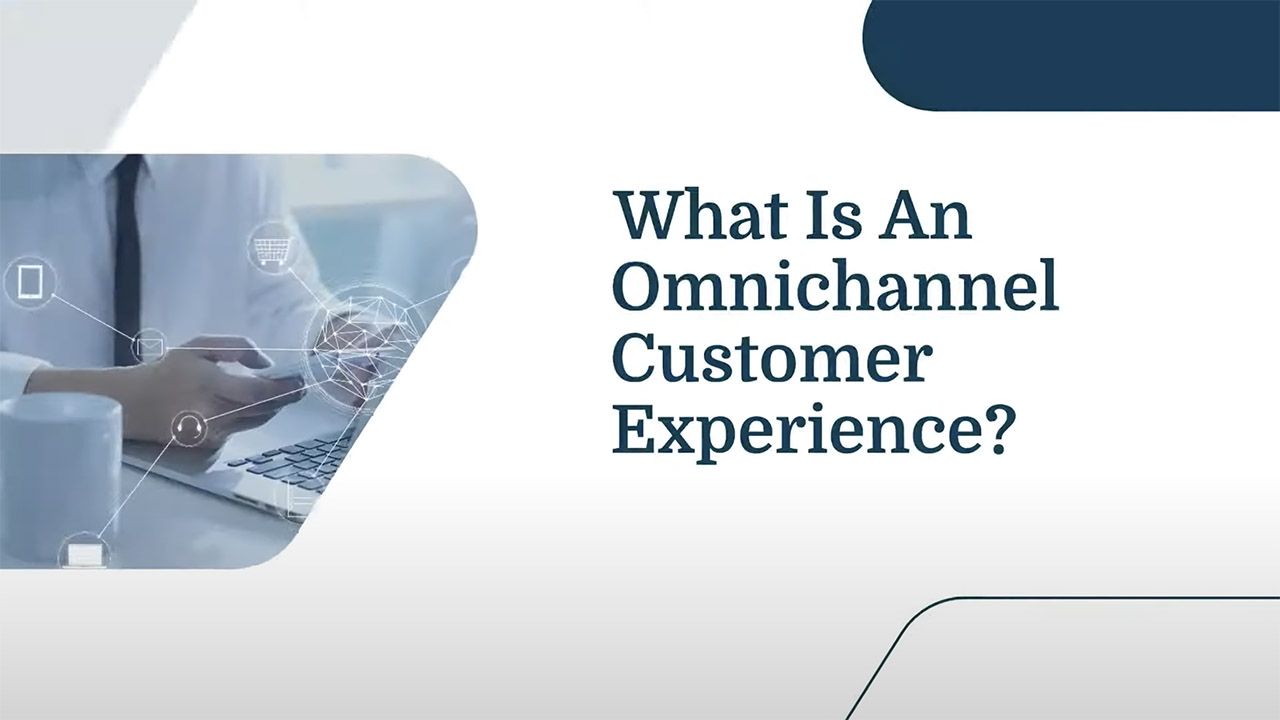

FILA is an internationally renowned brand known as a pillar of excellence in the athleticwear industry. In early 2020, however, they were losing customers due to negative customer service experiences, and their brand and reputation were taking a hit. FILA needed a solution, and they found it with Global Response.
Thanks to the Global Response difference, online sales increased by 25% in 2021 alone. Additionally, customer queries for orders and refunds decreased by 28%.
You’ve worked hard to create a reputable brand with a loyal customer base. You need a partner who will work just as hard to deliver the experiences your customers are looking for.
Global Response knows how to immerse itself in the culture of the brands we represent. From staffing and training to fielding the most complex inquiries, Global Response is committed to providing omnichannel experiences that build customer loyalty in every interaction.

CHAPTER 5





Inbound handles calls coming in from customers or others interested in your services.
Outbound functions with more of a focus on sales and marketing than customer service, with calls going out from highly trained representatives to help drive growth and product adoption.
CHAPTER 6
This infographic is designed to help customer experience leaders understand what it takes to successfully outsource their call center functions. We know this can be a daunting exercise, but it doesn’t have to be. We have broken down the process into five quick steps.
Are you ready to begin the journey to find the right call center outsourcing company?

Questions to ask when conducting research:
Important questions to ask during the second step:
Frequently asked questions you can expect the call center firm to ask:
During this step, your potential contact center outsourcing partner will detail the following:
Some of the key elements in this step include:
CHAPTER 7
Most call centers are outsourced to regions with lower labor costs, making it a cost-effective solution for businesses. Prominent contact center outsourcing hubs include countries like India, the Philippines and Mexico. These locations are favored for their large, skilled workforce and ability to provide services at a fraction of the cost compared to Western countries. Additionally, regions like Eastern Europe and South America are becoming popular due to their competitive pricing and high-quality customer service standards.
CHAPTER 8

Effectively managing outsourced call centers requires a strategic approach that aligns with your company’s goals.
CHAPTER 9
Impactful KPIs that can be improved by outsourcing include:
Customer satisfaction is one of the most important goals for an outsourced call center and an important metric to track. A good contact center will have a strategy to boost CSAT.
First contact resolution (sometimes called first call resolution) is a KPI that measures how frequently a customer’s question or concern is resolved the very first time they contact you. Your outbound call center outsourcing should have a track record of excellent FCR and improvement for their customers.
Average speed of answer (ASA) is critical to customer satisfaction and retention. Did you know that 56% of customers won’t wait on hold for more than two minutes? A call center outsourcing company should have a plan for continually controlling for a low ASA.
Average handle time measures the amount of time from when the agent picks up a customer’s call to the end of the call — how long it took to handle the concern or issue that was called about.
NPS (or net promoter score) is another critical call center KPI. It measures customer satisfaction and the likelihood of customers promoting your business online or via word-of-mouth. Your contact center should have a track record of improving NPS.
The average abandonment rate measures the number of customers who hung up or disconnected the call before a call center associate answered. It can also include things like abandoning a cart before purchase. An outsourced call center should be able to show you how they reduce abandonment rates across channels.
Agent turnover rate measures the rate at which your call center agents leave for other forms of employment. This metric, while not directly tied to customer experience, is a critical one to track for your call center. A lower turnover rate often means higher job satisfaction, higher-quality work from the call center representatives and a deeper understanding of your customers and brand due to length of experience.
The average transfer rate — or call transfer rate — measures the percentage of calls an agent has to transfer to someone else for a resolution. More transfers can eventually lead to lower customer satisfaction.
An important advanced call center KPI involves the quality of an agent’s assistance and etiquette during a call. Ask your contact center outsourcing partner what they do to ensure high-quality calls and excellent people skills among representatives. Ask how they track and maintain it.
The average after-call work time, also sometimes called average idle time, measures the amount of time an agent spends doing follow-up tasks related to a call after it has ended.
Now that you’re tracking KPIs and gathering useful data from your call center, what should you do with it?
Of course, call center KPIs and contact center metrics are only helpful once they are used to implement meaningful change. When you choose your KPIs to track, make sure you understand what data to gather and that the data can be shared with stakeholders and analyzed properly to implement change.
By creating a baseline of your overall call center performance based on KPIs, you’ll understand which functions to optimize and deploy solutions for.
For each KPI, you should ask your call center outsourcing partner how they track it and how they have performed over time. Ask them what strategies they have in place to improve KPIs for their clients and what successes they have had. Ask them what KPIs they believe are the most critical to overall customer retention and growth.
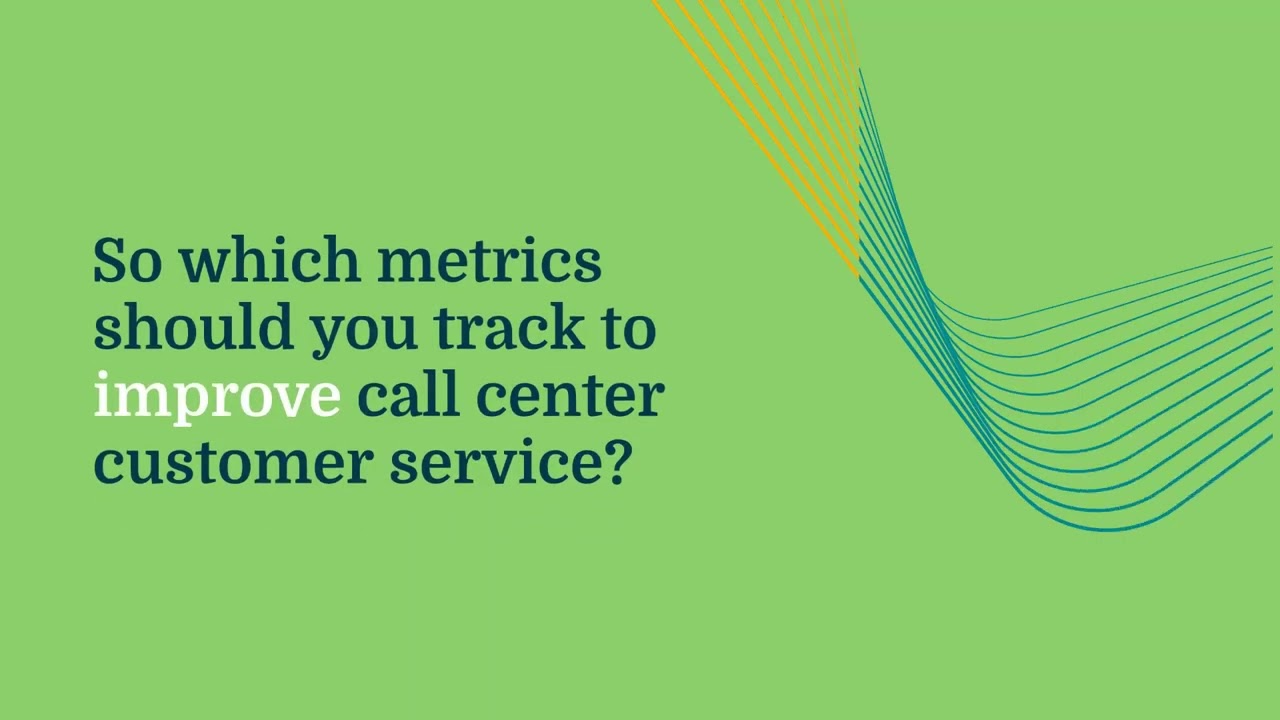
Bonus
The right call center outsourced firm will create a call center program to meet a company’s specific goals and needs. By selecting the right services and solutions, utilizing impactful KPIs, data and analytics and using access to technology tools and passionate people, a call center can be profitable.
Easier said than done, right?
That’s what we’re here for.
You don’t have to choose between affordable labor and excellent service. Learn more about how nearshoring can solve your customer support headaches.


Our collaborative, four-pronged approach to implementing your call center outsourcing services maps out every integration aspect. Global Response will walk you step-by-step to a successful and on-time launch. Our process is standardized, but our solutions are all customized to provide you with the systems and workflow best suited to your business needs.

Our experts and stakeholders meet to understand the objectives of your business and create a roadmap to success.

Each client receives a customized training program that fits their needs and budget.

We are prepared to help you leverage our tools or support your existing systems for a seamless customer experience.

Your talent profiles and operations procedures are combined with our specialized hiring and training practices.

Quality assurance, KPIs and customer feedback drive actionable insights for your team’s improvement.
Your brand will be in the best care. Certified Project Management Professionals (PMPs) will lead your integration, while a dedicated, high-quality management team trains brand specialists to be immersed in your culture.


A project manager will be hand-selected to ensure optimal operations for your brand.

Your team will be invested in representing your brand and delivering an exceptional customer experience.

Implementation and Training will meet with you to learn the ins and outs of your business and create custom materials just for your onboarding.

Our executive leadership is engaged, aligned and dedicated to your business interests and goals. Your success is our success — we’re on your team! Whenever you need us, we’re just a phone call away.

Global Response’s upbeat culture fosters innovative problem-solvers committed to their team's greater good.
Our success stories span nearly every industry, and our solutions are custom-tailored to each unique brand. Learn more about a few of our focus areas.
Talk to a customer experience management expert today to learn how we can drive results for your business.
We’re more than just an “outsourcing call center.” At Global Response, we embrace the power of your brand and adopt a one-team mentality that puts you in the driver’s seat. We match highly skilled brand specialists with the brands they love, resulting in one-of-a-kind engagements every time. Customer experience management isn’t about reading a script and ticking a box — it’s about building unforgettable experiences that boost customer loyalty and brand reputation over the long term.


Put our customer experience solutions to work for you. A full-service call center outsourcing company can deliver outstanding return on investment — and accomplish much more than a basic plug-and-play service.
To increase sales and conversions, we use the best human-centric, data-driven methods to improve customer experience, reduce customer effort and deliver high customer satisfaction. We provide actionable insights into our partners’ communication strategies, hone the process and build intensely targeted engagement that converts.